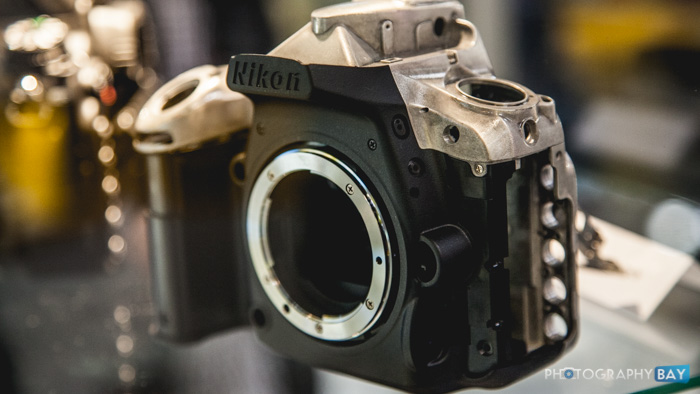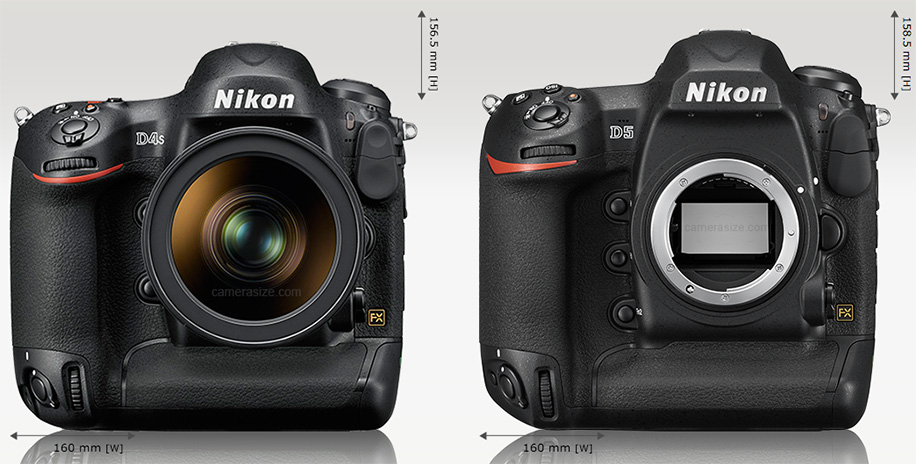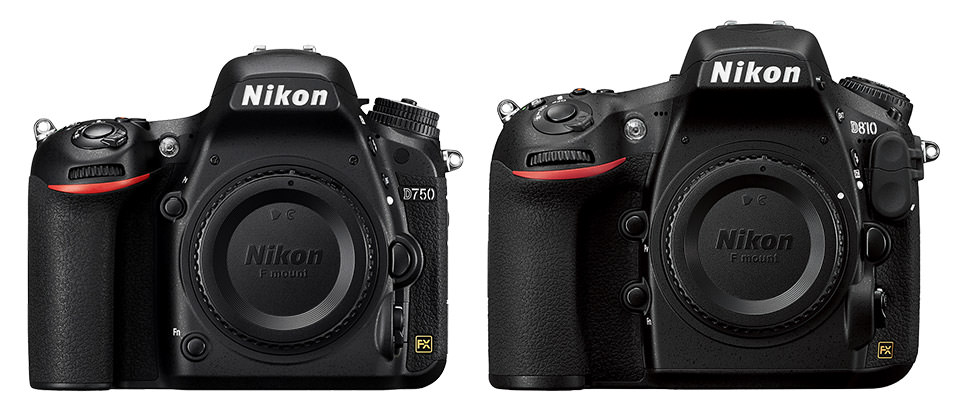Yup, but the D500 is a piece of clever marketing. It is a completley different camera to the D300, based on the low end platform rather than the top level one, and marketed as a 'mini D5', which it isn't.
Of course this is all speculation, but I disagree with your categorisation of the D500 platform. In what way do you see it as related to the D750 exactly?
Because that is what it is. It has the same basic construction as the D750, the same internal mechanisms.
To me, the D500 seems to have a much closer relationship to the D5 (and D810), in terms of materials, construction and weather resistance, AF/metering, control layout and overall "style". I'd say its relationship with the D5/D810 is pretty similar to how the D300 related to the D700 and D3. The only real similarity I can see between D500 and D750 platforms is the tiltable monitor.
That's because Nikon's marketing wanted you to think that. If you actually look at the camera, it is build on the same basic kit of parts as the D7x00 and the D750.
Let's look at what you said:
First materials and construction. Here is Nikon's exploded diagram of the D500

Note that the front panel, mirror box, internal chassis are all made of carbon loaded polymer, the top and back are made of magnesium alloy. Now let's look at the D5
You'll see that this is a fully magnesium construction, now the only Nikon of which this is true. (Canon similarly only has the top model with a metal chassis).
The D750 is built like the D500
as to weather resistance, who knows? It's possible that it's actually better than the D5, because the polymer materials can be moulded to a greater precision, so much closer seams and less need for gaskets.
Now for 'AF/metering, control layout and overall "style" '. Indeed the D500 got the D5 AF and metering, very consciously adopted the same styling themes (but then so will all the subsequent cameras until the D6, that's how Nikon works) and they have put button turrets on rather than a mode wheel (a minor point in construction terms). However, in conltrol layout, there is a big giveaway as to what's going on underneath the hood.
Here is a front view of the D5 and D4s
The thing to note here is the position of the stop-down / Fn button. In these cameras, stop-down is entirely electronic with a separate motor, so Nikon can put the button where the ergonomists think is best. Same for the D810
And it was the same for the D300 (which actually used the D2 mechanism)
Since the D70, the low end Nikons have had a basically mechanical stop down which constrains the position of the button. Not quite as good ergonomically, but allows for a simple, cheaper mechanism.
That was carried through into the D7000
This was carried through to the D600, which essentially used the same mech, expanded for FX
(note also the change from D3 styling to D4 styling that happened between the D7000 and D600)
Also the D750 (alongside the D810, so you can see the difference)
...and the D500 (alongside the D750, so you can see the similarities)
D500 and D750 are much the same camera, except AF, control switches on the turret, DX sized sensor, shutter, mirror and viewfinder (the reduced mass is why it can get the extra 3 FPS) and, of course the AF and meter units. Particularly, the D500 is in the D70 lineage, not the D2 lineage.
--
Bob.
DARK IN HERE, ISN'T IT?
 In celebration of Nikons 100th anniversary. Which is this year apparently !
In celebration of Nikons 100th anniversary. Which is this year apparently !













